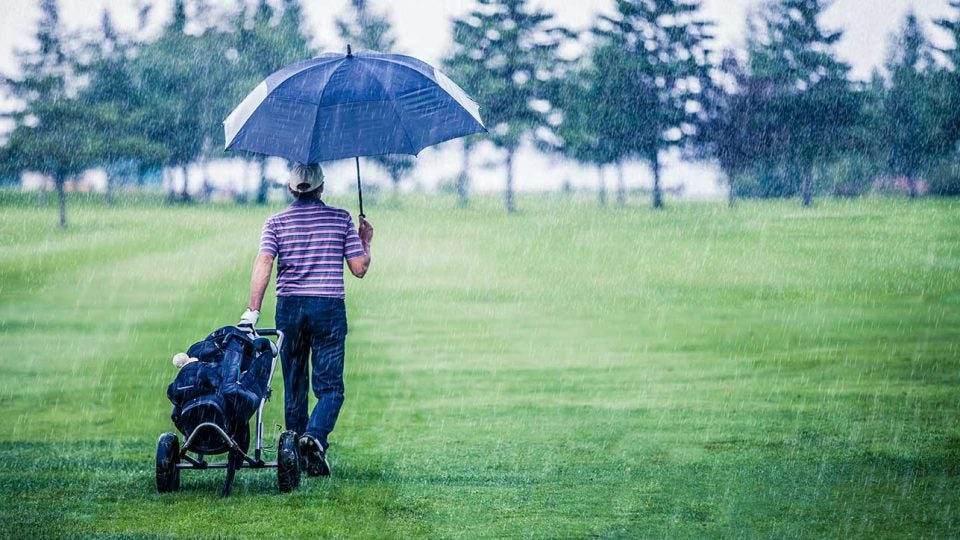 Xander Schauffele’s clever trick to square the clubface at all times
Xander Schauffele’s clever trick to square the clubface at all times
The Etiquetteist: Should you always let a single play through? (The answer might surprise you.)

On some roads, in certain states, when five or more vehicles are lined up behind you, traffic laws require you to pull over and let them pass. On the golf course, though, there’s no written legislation for this kind of ebb and flow.
Only the rules of etiquette apply. So, when should you wave another group through? Some of this depends on where you’re playing.
In the United Kingdom and Ireland, for instance, one is an especially lonely number, according to Jimmy Kidd, founder of the Scottish Greenskeepers Association and father of noted golf architect, David McLay Kidd.
Unlike twosomes, threesomes and foursomes, Kidd says, all of which are granted roughly equal status, singles have “no standing” on courses across the pond. So if you’re playing, say, Kingsbarns, and a solo golfer comes up behind your group, there’s little expectation that you let them through. If that sounds like cruel and unusual punishment for singles, well, whoever said that golf — or life — was fair. And besides, Kidd adds: “(Scotland) is the most social of golfing nations, so a single waiting around the first tee or even on the course would on many occasions be invited to join the game.”
Otherwise, in the UK and Ireland, as in much of the golf-playing world, simple common sense should be your guide for waving through, says Lou Riccio, author of Golf’s Pace of Play Bible and professor at Columbia University’s School of International and Public Affairs, where he teaches classes in rational decision-making. Meaning: faster groups should get the right-of-way, provided they have somewhere to go.
“If the slower group is slow because the people ahead of them are slow and the course is packed, waving through does very little good,” Riccio says. How much room must there be to warrant a wave-through? There’s no set rule, Riccio says, “but at least one hole open ahead is good justification for consideration.”
A potential complication, Riccio says, is the staggered pace at which a lot of golfers play. Some groups move quickly from tee to green, then take forever lining up their putts, while others go about their business the other way around.
“Put those two different groups back-to-back, and I’m not sure whom would play through whom,” Riccio says.
No one wants to get caught in a game of leap-frog, where you let a group play through only to catch them on the next tee. Talk about awkward. And aggravating. So only do a wave-through if the group behind you has been waiting consistently.
“If the group behind is occasionally waiting, the justification gets a little weaker,” Riccio says. “They may play through and then hold up the group that used to be in front of them.”
Bottom line: scenarios vary.
ADVERTISEMENT
But your attitude shouldn’t. Anytime you wind up waving a group through, do so gracefully. No grumbling or grousing. No passive-aggressive stares. Similarly, the group getting waved through should express their gratitude and proceed with dispatch as they pass.
Exactly where this pass should happen is another matter. The green on a par-3 is as good a place as any. Let the group behind play up and through.
The next best option, Riccio says, on a par-4 or par-5, is for both groups to tee off and let the faster group move ahead to their second shots more quickly. Still another possibility is to let the group behind hit up while the slower group waits in the fairway.
“Everyone then hits to the green,” Riccio says. “And the faster group just putts out first.”
With any luck, you won’t see them again until the 19th hole. Courtesy suggests that they should buy the beers.
ADVERTISEMENT








